Week 1 Lecture 2 - DFAs and NDFAs
1/11
There's no tags or description
Looks like no tags are added yet.
Name | Mastery | Learn | Test | Matching | Spaced |
|---|
No study sessions yet.
12 Terms
How is a deterministic finite state automata specified?
M = ⟨Q, Σ, δ, i, F⟩ where:
→ Q, a finite set of states
→ Σ, a finite set of possible input symbols, the alphabet → δ, a transition function Q × Σ → Q
→ i, an initial state (i ∈ Q)
→ F , a set of final states (F ⊆ Q)
Defining acceptance in a DFA
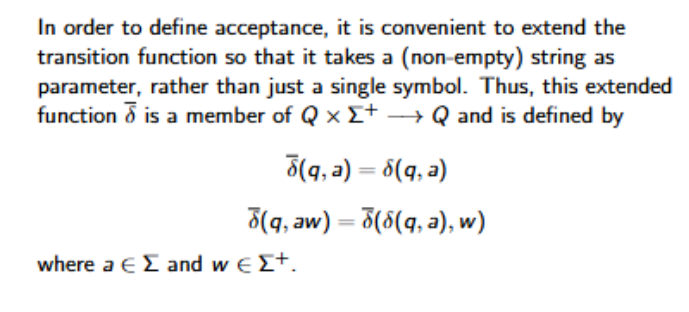
When is a non empty string S accepted by a DFA?

When is the empty string λ accepted by a DFA?

When is a language L accepted by an FSA (DFA)
iff M accepts every string S in L and nothing else
Construct the DFA for the following language:
L = {w | w has an even number of 0s and an even number of 1s
The (minimum) job of the states of this DFA is to assess the parity of 0s and 1s.
Hence a four state machine:
• q0 — even 0s and even 1s.
• q1 — odd 0s and even 1s.
• q2 — even 0s and odd 1s.
• q3 — odd 0s and odd 1s.
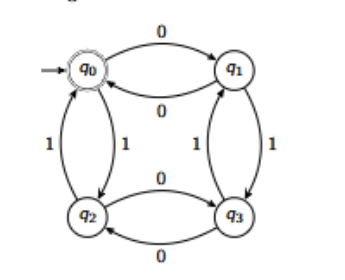
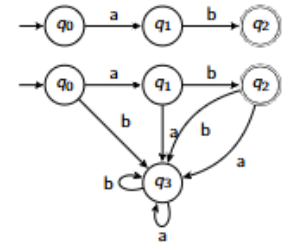
What is the difference between the languages accepted by the following DFAs?
q3 is known as a junk state (or sink, or dead). It is often omitted.
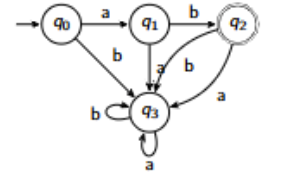
Stack the transition labels on the pairs of stacks in this DFA
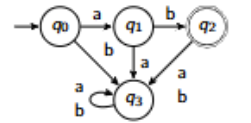
What restriction does an NDFA (non-deterministic finite-state automa relax?
In a DFA, for every state there is one next state. In an NDFA, there can be multiple.

How is this an example of an NDFA?
At q1 , there is a self loop for (a) but it also passes on to q2 (the accepting state). Because there are 2 transitions for a, it is an NDFA.
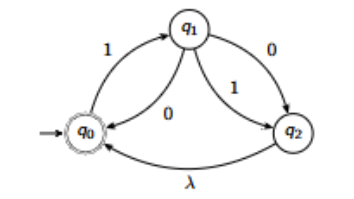
How is this an example of an NDFA, and would it accept ‘11’?
The input on q0 of the empty string means that if you have a string like ‘11’, even though it will end up at q2 , because the transition requires no input, it is still accepted.
Because of the λ transition, it is an NDFA.
Advantages of non-determinism:
→ Problems involving search can be expressed more neatly using NDFA.
→ Applying algorithms to create or modify FSA, the results are sometimes non-deterministic.